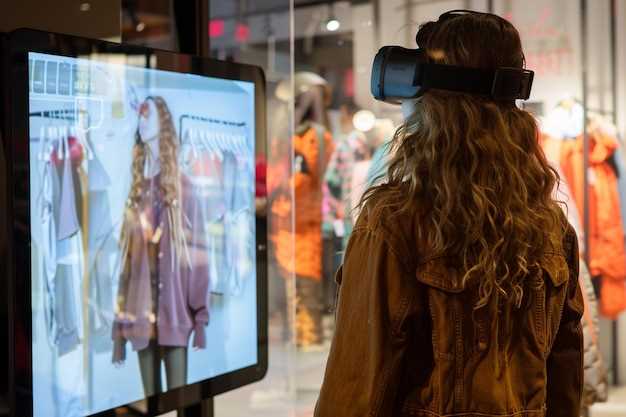
In the realm of commerce, businesses must continuously evolve to meet the ever-changing demands of their clientele. As societal norms and preferences shift, companies must adapt their strategies to stay relevant and competitive in the market.
In the world of buying and selling, the landscape is constantly morphing, requiring merchants to stay nimble and attuned to the needs and desires of their target audience.
In this article, we will explore how the retail industry is responding to the fluid nature of consumer habits, and how businesses are adjusting their tactics to thrive in this dynamic environment.
The Evolution of Commerce in Response to Evolving Buyer Patterns
In the dynamic landscape of commerce, businesses must constantly analyze and adapt to the shifting preferences and habits of buyers. The evolution of retail is driven by the need to align with changing consumer trends, staying ahead of the curve in meeting customer expectations and demands.
Online vs. Brick-and-Mortar: Finding the Balance

In the realm of digital versus physical storefronts: striking the right equilibrium
As we navigate the ever-evolving landscape of e-commerce and traditional in-person shops, finding the perfect harmony between online and brick-and-mortar stores has become crucial for businesses looking to meet the diverse demands and preferences of modern consumers.
Personalized Shopping Experiences in the Digital Era

In the fast-paced world of modern commerce, tailored shopping experiences have become a vital aspect of customer engagement and satisfaction. The ability to provide personalized interactions and recommendations has revolutionized the way businesses connect with their clientele.
Benefits of Personalization
By personalizing the shopping experience, companies can better understand individual preferences, anticipate customer needs, and create targeted marketing campaigns. This level of customization not only enhances brand loyalty but also boosts sales and drives customer retention.
Strategies for Implementation
- Utilizing data analytics to gather insights on consumer behaviors and preferences.
- Implementing AI-powered recommendation engines to offer personalized product suggestions.
- Leveraging social media platforms to engage with customers on a more personal level.
- Creating interactive and immersive shopping experiences through virtual reality and augmented reality technologies.
Overall, personalized shopping experiences in the digital age have the potential to transform the way businesses interact with their customers and drive long-term success in the ever-evolving retail landscape.



